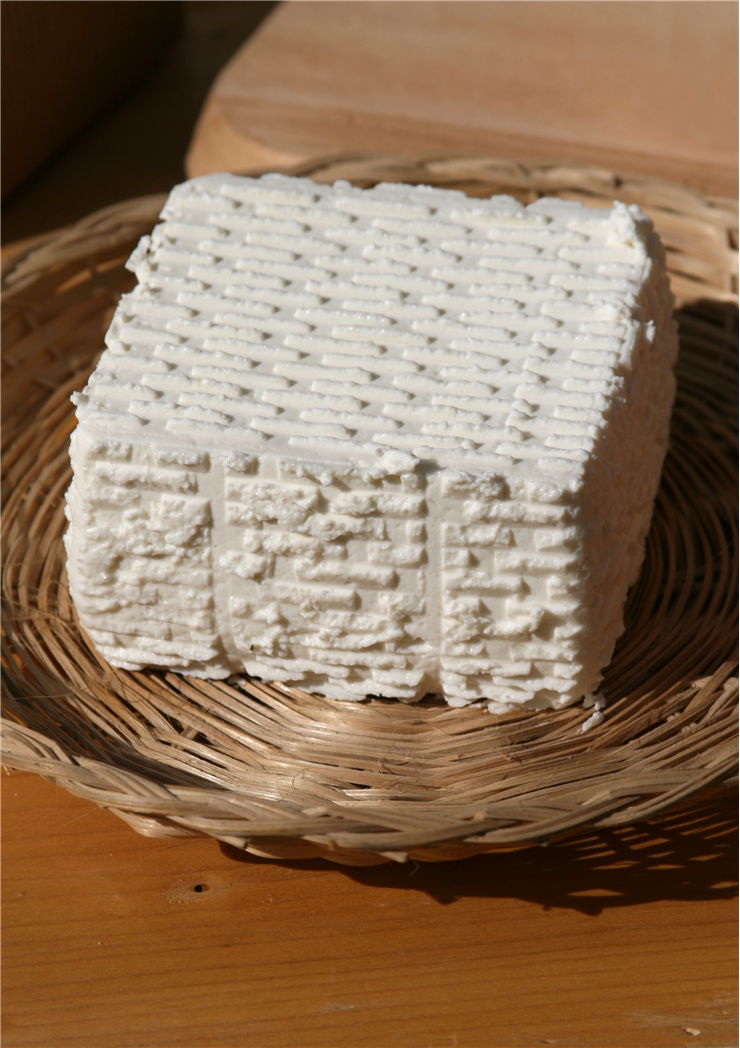How Cheese Is Made - Basic Process of Making Cheese
Cheese is one of the oldest food products of mankind, dating all the way back to the time before our recorded history. The reason why it was so popular even so far back in past was because cheese enabled our ancestors to better preserve milk, make it more durable, and easily stored. The basic process of making cheese did not change during more than 10 thousand years, with just few basic steps being needed to transform liquid milk into a solid structure that can gather in itself wide variety of flavors, textures, and tastes. Here how cheese is made.
The basic process of making cheese can be separated into Curdling (transformation of milk into curds and liquid whey), Curd gel processing, and finally ripening. All these processes take time, some ranging from few hours, to the ripening that can last for months.
Curdling process starts by acidifying the milk and then adding rennet that will transform the milk into a thick gel. Acidifying (or scouring) of the milk is done either by adding vinegar, paneer, queso fresco or starter bacteria that will create lactic acid from milk sugars. The most widely used starter bacteria come from the families of Lactococci, Lactobacilli, or Streptococci, and they play a crucial role in giving cheese their flavor. Another one of the popular bacteria cultures is Propionibacter shermani, which produces carbon dioxide gas bubbles, which give Swiss cheese their worldwide known Emmental holes. Adding rennet to the mix is important because of the two facts. Rennet allows acidifying bacteria to work better in low-acid environments, and it transforms milk curds into strong rubbery gel.
After milk is transformed into gel, additional processing is needed in order for cheese to get to its final form. Small amount of cheese is then already done, with only extraction of moisture and adding little salt remaining. However some cheeses (hard cheeses usually) need to be processed little more. They are heated to the range of 35-55 degrees Celsius, which forces more curd from their structure, change their taste, removes more moisture, and solidifies final texture. There are also 3 distinct techniques of processing cheese curd that can have big influence on their taste and texture –Stretching (continuous stretching of curd in hot water creates fibrous body, mostly found in Mozzarella and Provolone), Cheddaring (piling up and mixing of cut curd, which removes moisture away), and finally Washing (with hot water transferring not only specific aromas to the curd, but also lowering acidity of the cheese).
While some soft moist cheeses can be eaten immediately after they are curdled and processed by rennet, medium and hard cheeses need to go through the process of ripening. Prolonged aging period allows cheeses to adopt stronger flavors, and change their internal structure over time that can be as short as few days to several years.
